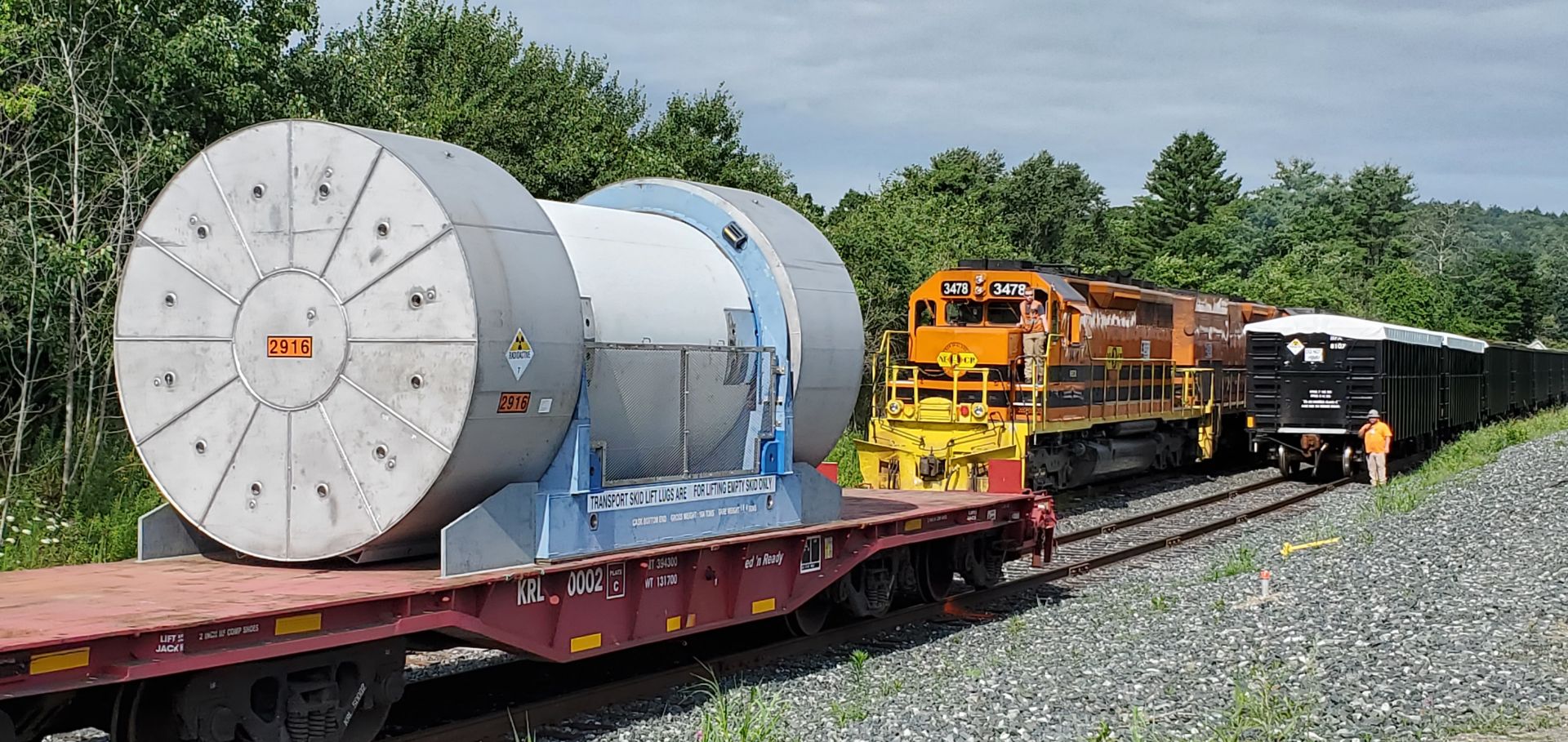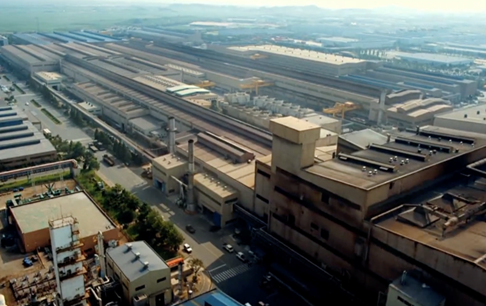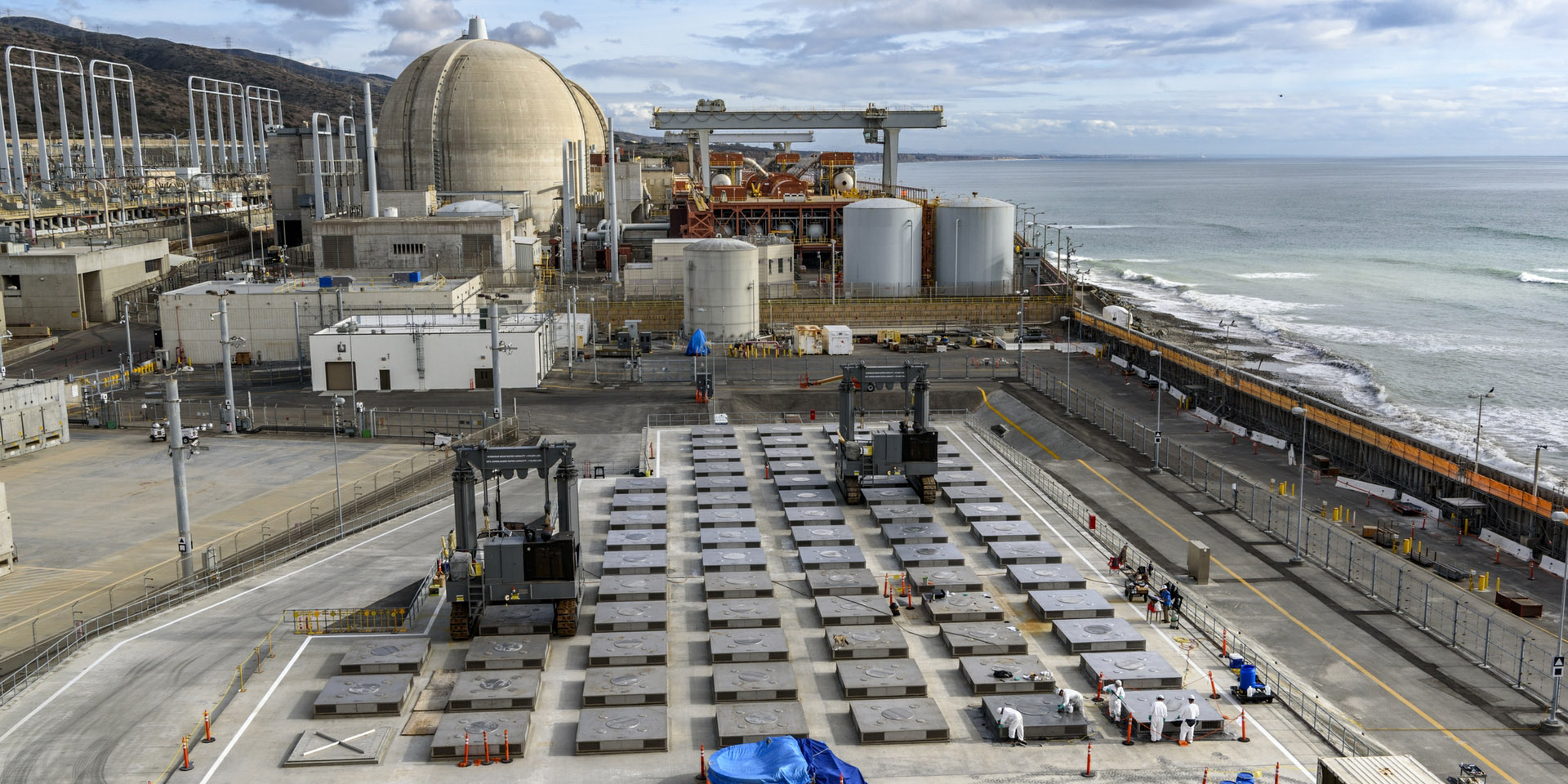How is consent-based siting changing the prospects for used fuel management?

Patrick O’Brien
As someone who grew up in a community with an operating nuclear plant—Pilgrim Nuclear Power Station, in Plymouth, Mass., on Cape Cod Bay—I had the luxury of a more thorough education on what nuclear power was (and what it wasn’t) from an early age. Unfortunately, growing up in the 1980s and ’90s, many of my contemporaries were not as lucky; their education on nuclear power came from The Simpsons.
While it is a show that influenced a generation in many ways, its portrayal of the nuclear industry had no basis in reality. Nuclear workers are among the most professional and highly trained people in the world. The standards by which used fuel and waste are handled and stored are some of the strictest of any industry. I have found, after nearly a decade in the nuclear industry, that the first thing I must help the public, media, and even elected officials understand is that used nuclear fuel is not green goo in a barrel, but a solid pellet stored safely in robust dry storage casks. Providing the facts—the science and technology—is the key to helping people understand a complex industry. Doing so in simple terms can help demystify nuclear power.








